10 New AI Creative Careers That Might Emerge Tomorrow
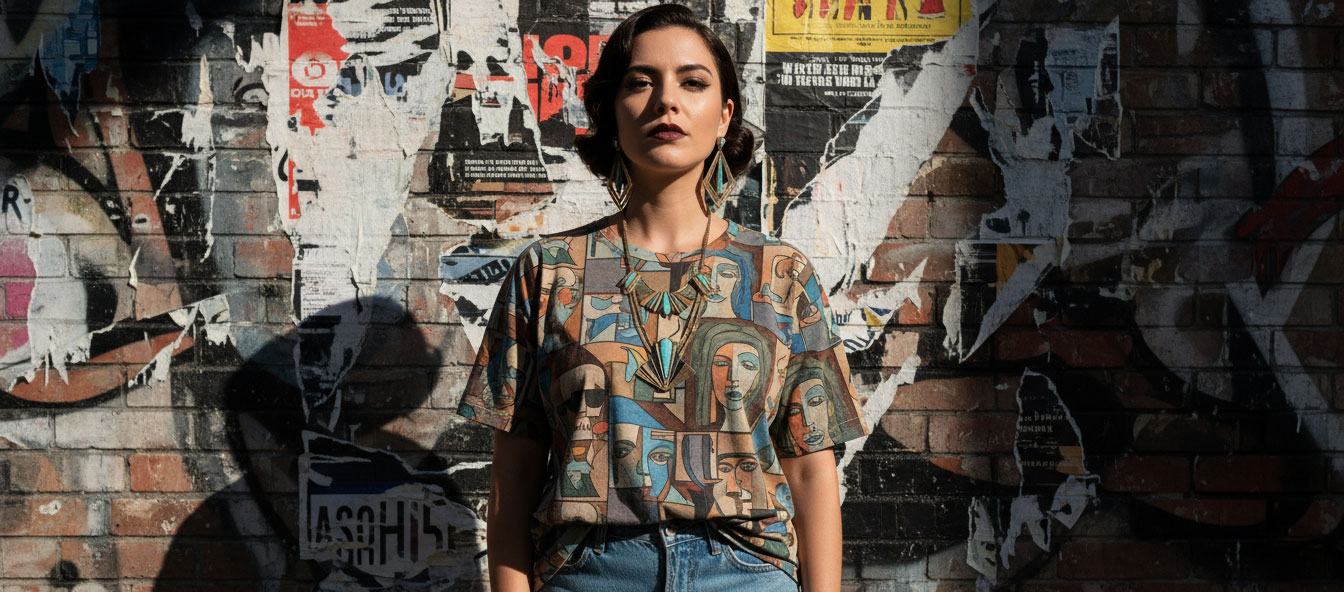
Thinking about AI creators, we imagine those who generate content. This vision, while accurate, is just one facet of a much broader panorama of possibilities for creative people. In a saturated creative landscape (even without AI), selling creative works has already become very difficult. Creative professions are transforming (there's no reason they should be the only ones not to do so) as creation itself is also mutating.
Here are some professions we might see emerge:
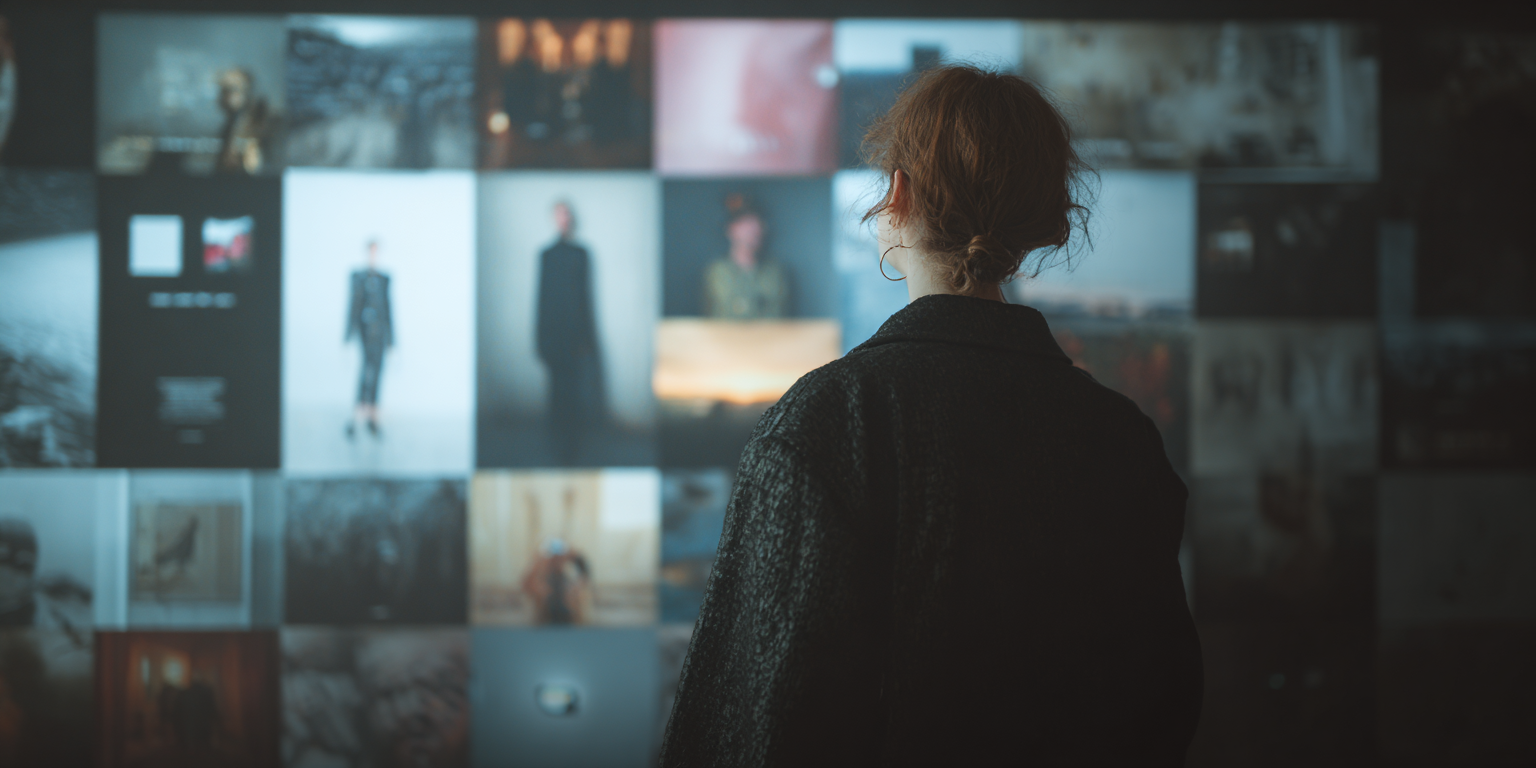
Trend Moodboarder: combines foresight research and generative AI mastery to translate emerging cultural signals into immersive multimedia moodboards. This hybrid professional synthesizes aesthetic, social, and behavioral shifts into actionable visual narratives directly usable by art directors in fashion houses, advertising agencies, and IP studios. Beyond automated curation, they bring a critical perspective and editorial sensibility that transform data into a differentiated creative vision, enabling brands to anticipate emerging imaginaries and build brand territories aligned with their audiences’ future desires.
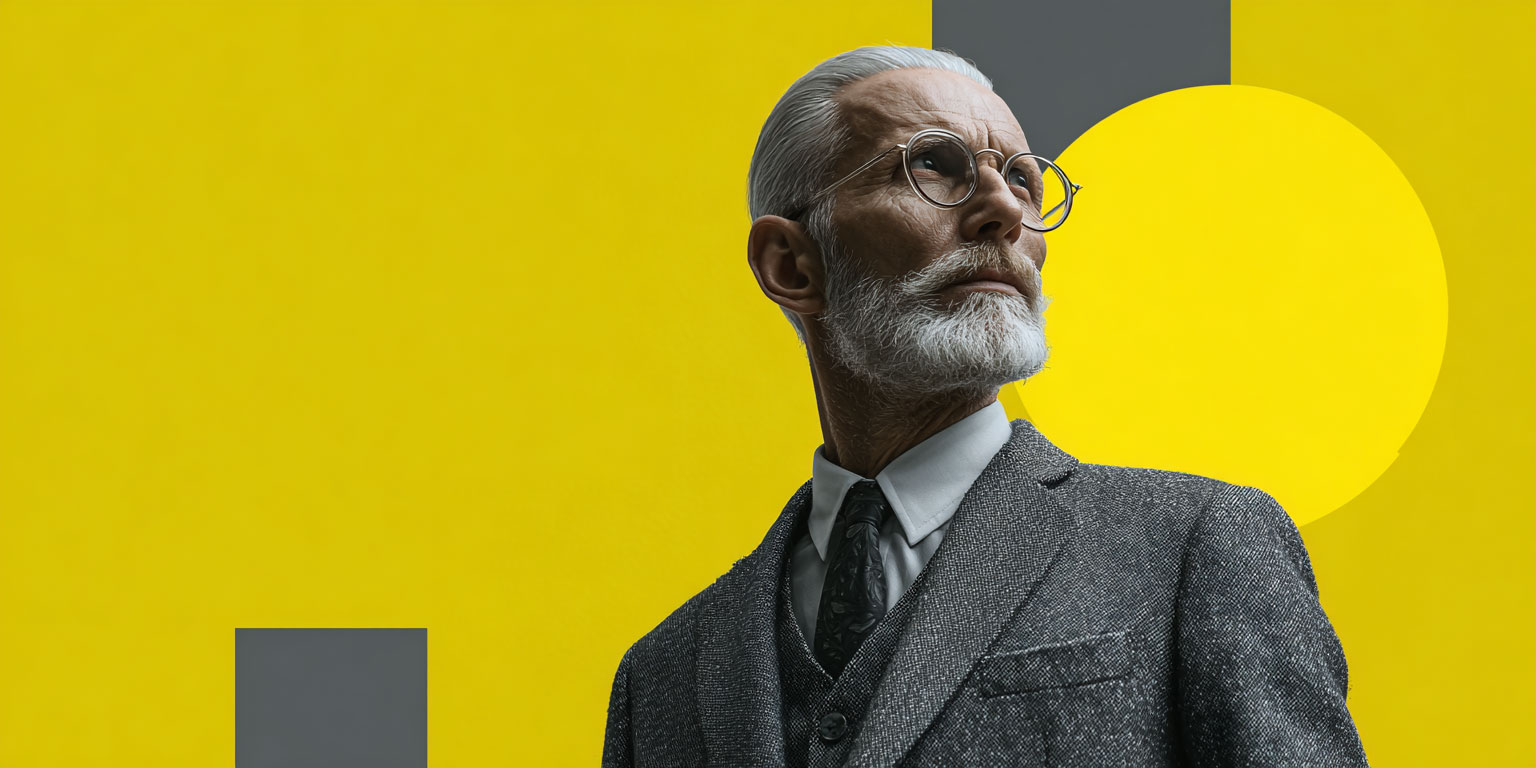
AI Art Director: more a conductor than an executor, the AI Art Director embodies creative leadership in the generative era. Like a film director, they define the overall vision, select the technological ecosystem, coordinate hybrid talents, and ensure the aesthetic coherence of all AI-generated assets. This strategic role requires deep creative expertise, strong technical literacy, clear directional vision, and encyclopedic visual culture. As algorithmic creation becomes ubiquitous, this professional safeguards artistic intent and brand uniqueness against the risk of content homogenization.

Emotion Architect: designs physical and virtual spaces that adapt in real time to the emotional states of their occupants. Combining architecture, experience design, and biometric technologies, they deploy systems that capture physiological, facial, or vocal data to instantly modulate lighting, sound, color, and spatial configurations. Their creations apply to retail, workplaces, cultural installations, and metaverse environments where emotional responsiveness becomes a strategic lever for engagement, well-being, and memorability, differentiating brands and organizations from competitors.

Prompt Designer: acts as a craftsman-translator between creative intent and machine, mastering both aesthetic codes and the logic of AI models. They transform vague briefs into structured instructions that yield consistent professional results, then design modular, reusable prompt architectures. These documented templates allow non-experts to generate quality content while maintaining visual identity. Their expertise benefits publishers industrializing cover production, agencies standardizing visual outputs, and brands scaling internal AI use while seeking actionable coherence and unified know-how.

Creative Finetuner: the bridge between artistic vision and generative AI technology. The Creative Finetuner customizes models to meet specific creative needs. Combining machine learning expertise and aesthetic sensitivity, they train AI systems on visual or narrative corpora defined by directors and art leads to generate content faithful to a unique stylistic identity. This specialization enables creative teams in film, advertising, animation, or branding to transcend generic models and access tailored generative tools that preserve artistic coherence while multiplying production capacity.
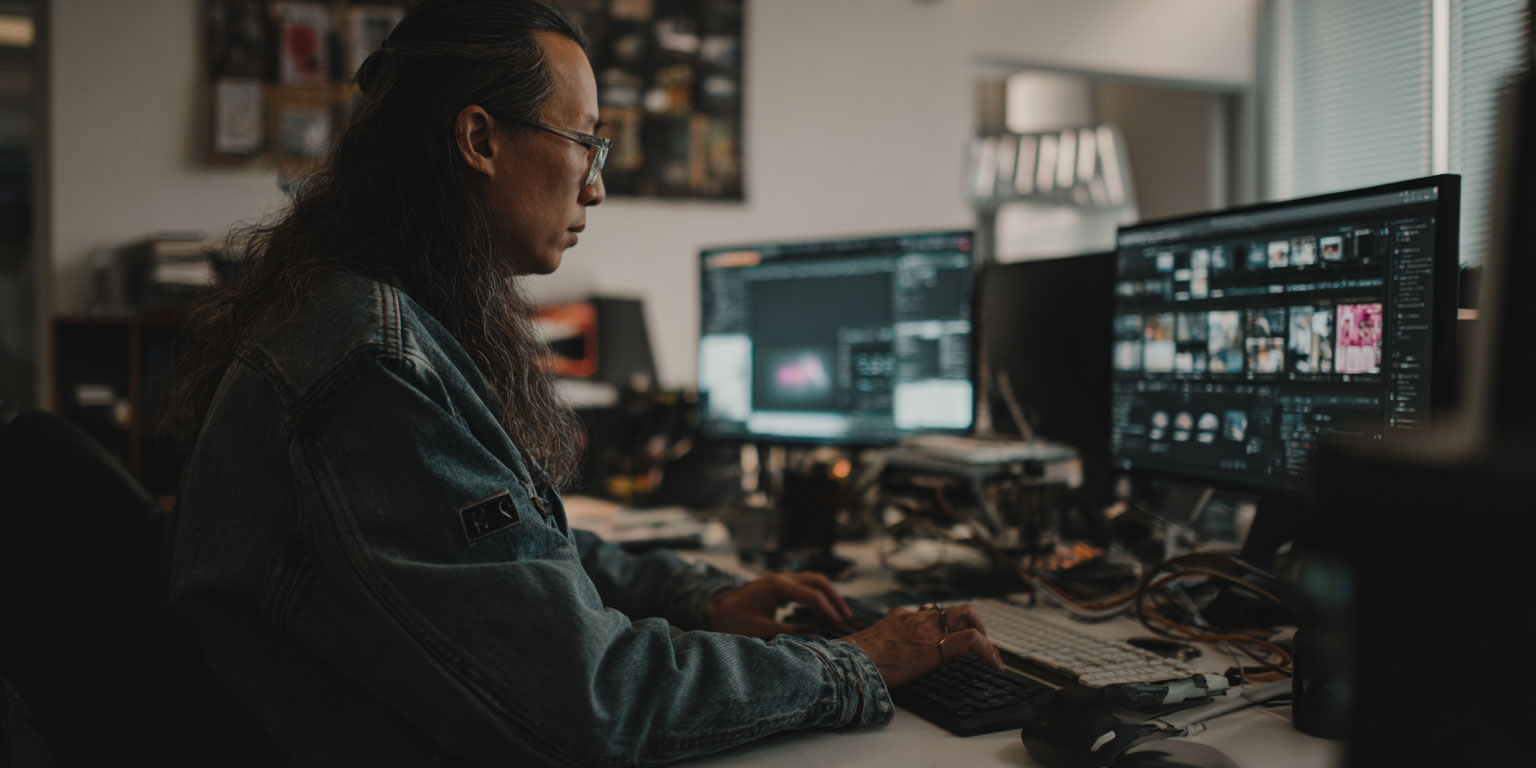
Creative Workflow Consultant: while the AI Art Director focuses on outcomes, the Creative Workflow Consultant optimizes processes. They integrate AI into production chains by focusing on operational efficiency rather than output aesthetics. They analyze current methods, diagnose friction points, and design custom workflows combining generative tools with human practices. Their expertise serves creative organizations aware of AI’s potential but unsure how to implement it concretely. They map processes, identify automatable tasks, preserve essential human input, and drive AI adoption through pragmatic operational strategy.
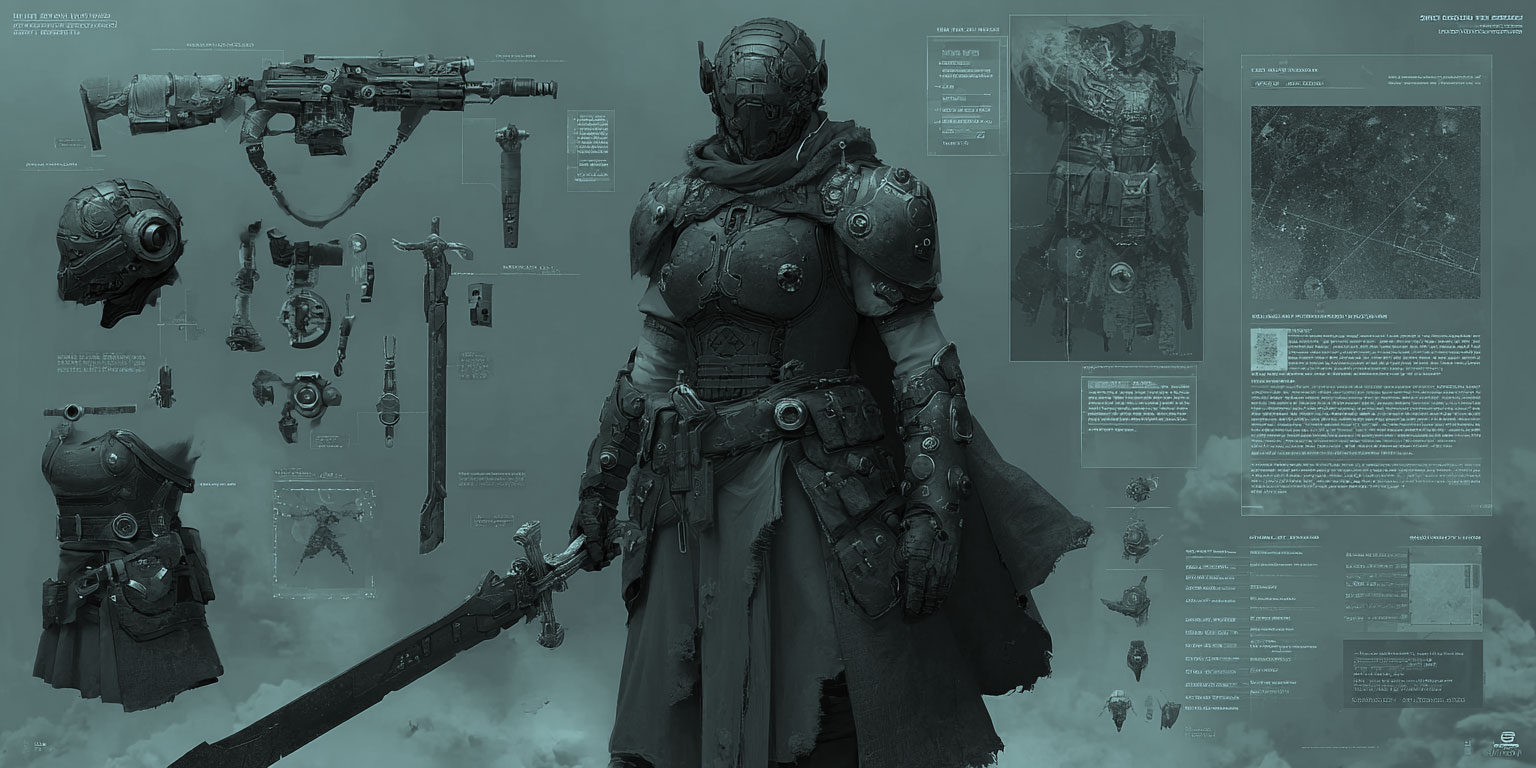
World Builder: an IP designer who sells the ability to construct universes, from concept sketches and character sheets to full worldbuilding, for clients. A blend of art direction and dramaturgy applied to entertainment and commercial projects requiring narrative depth. The World Builder defines visual aesthetics, characters, world rules, color palettes, and atmospheres, producing a visual reference library that, for example, indie game developers can use as a foundation. Maintaining a portfolio of owned IPs, they can also license turnkey worlds to production companies.
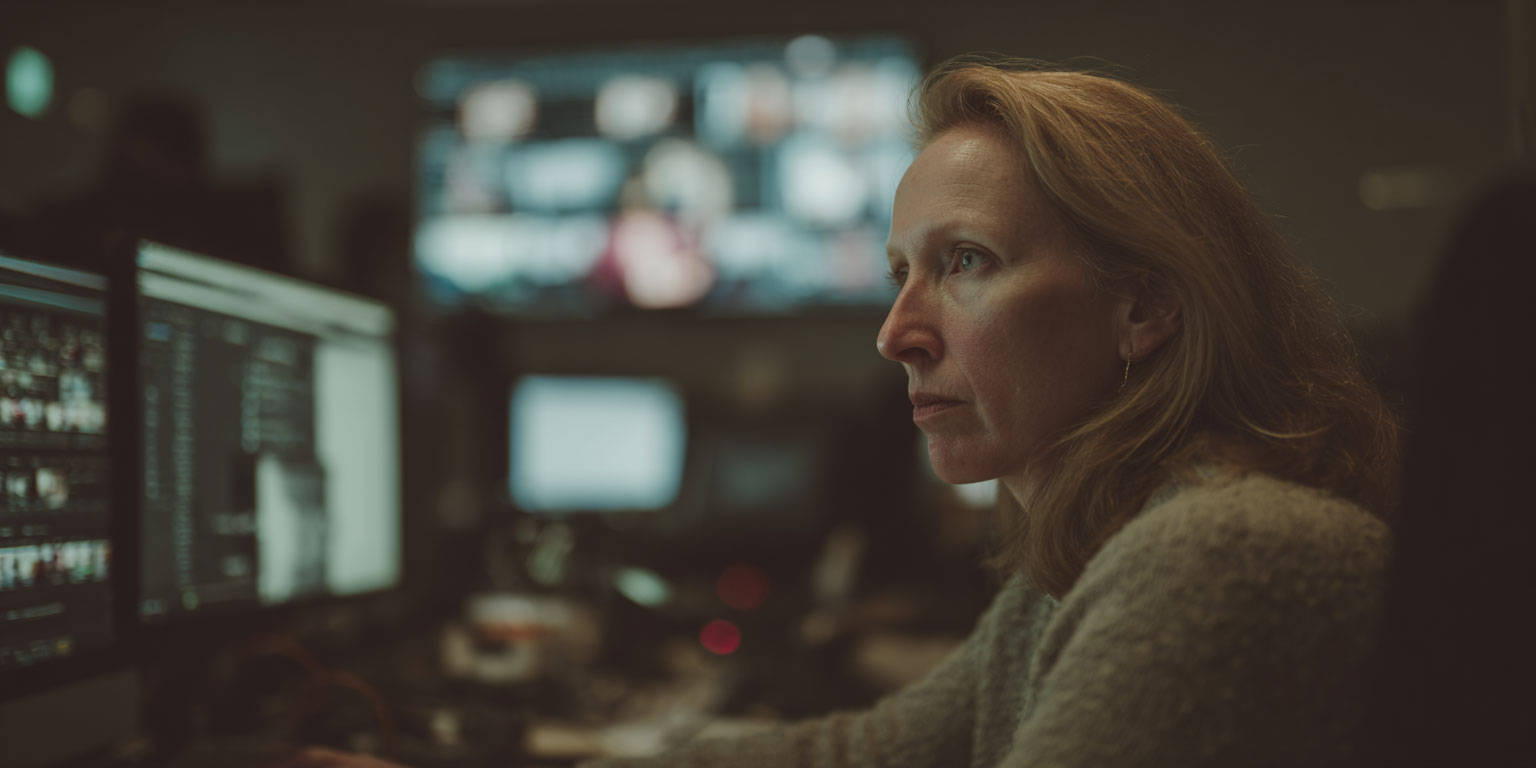
Chief AI Officer: oversees the integration of AI into every stage of audiovisual production. They coordinate postproduction teams, optimize shoots in real time, support dialogue rewriting and script adjustments, and design bespoke AI solutions for each project. Acting as an interface between creative direction and technical teams, they assist with all production constraints.
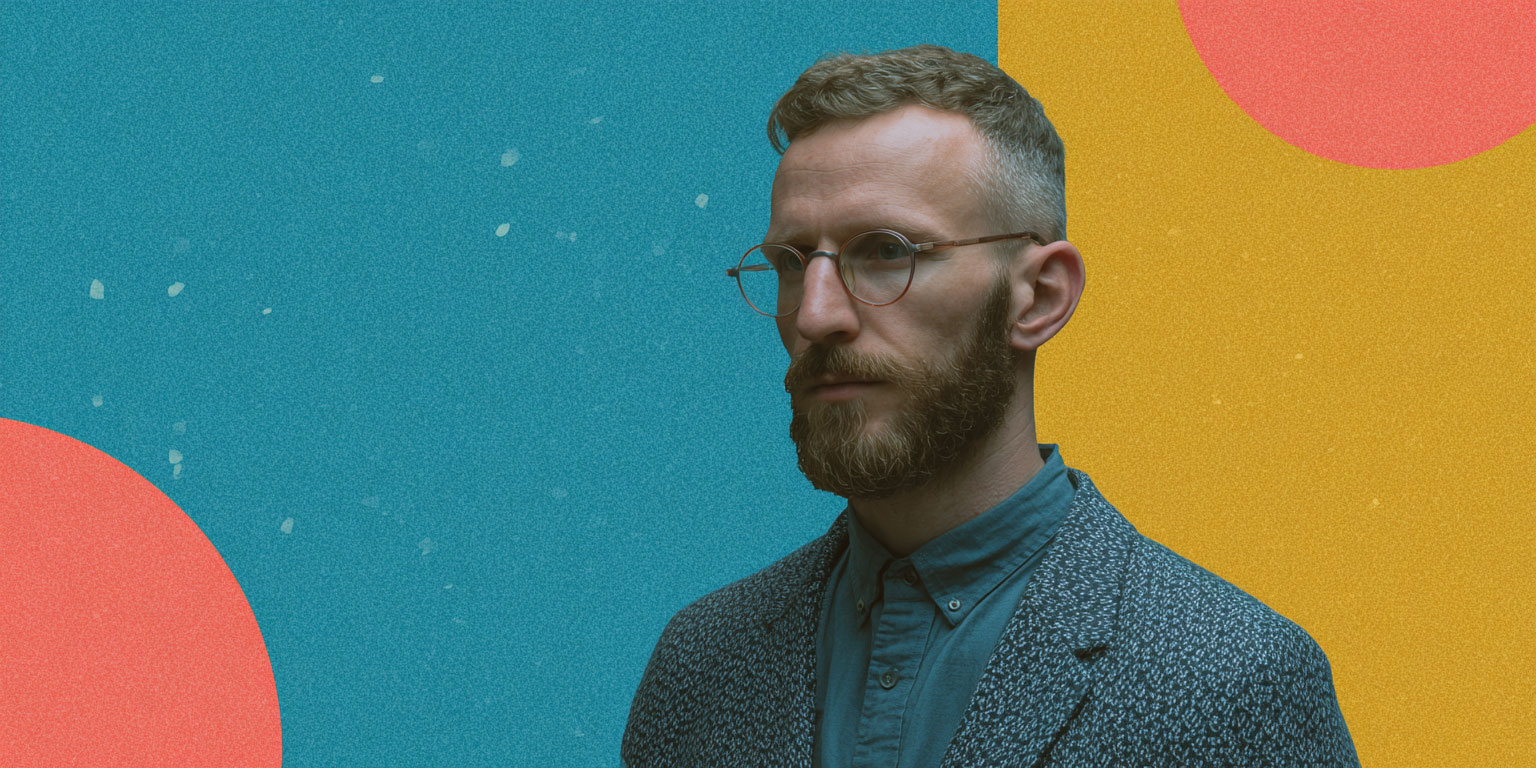
Creative Curator: ensures the artistic curation of AI-generated content and safeguards relevance and excellence amid content inflation. With strong visual culture and editorial discernment, they select, rank, and validate assets produced en masse by Moodboarders and Prompt Designers. Their role extends beyond selection: they define quality criteria, maintain aesthetic coherence, and protect creative organizations from the dilution of their uniqueness in a flood of automated outputs.
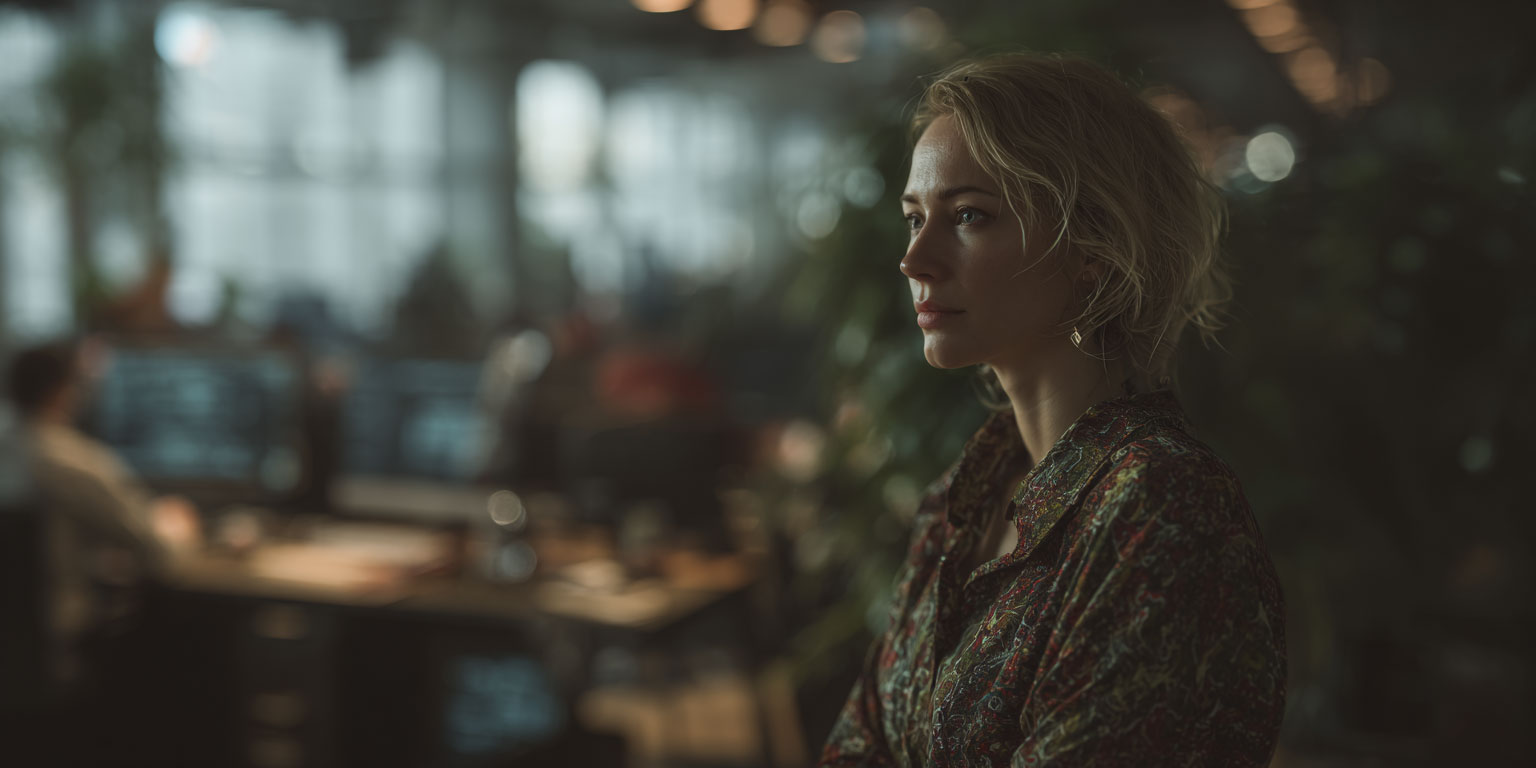
Publishing Orchestrator: leads the editorial strategy of next-generation publishing houses specializing in hybrid AI/human production. Heading a writing room capable of producing multiple chapters daily with AI assistance, they supervise trend monitoring, A/B testing optimization, and responsiveness to emerging phenomena. Their mission is to balance production velocity, catalog coherence, and quality standards. Their role: to guide, motivate and inspire.
These are just a few examples among many emerging possibilities. The essential highlight being to recognize that AI doesn't simply replace jobs: it creates entirely new professional categories that combine technical knowledge, creative vision, and business acumen.
The most successful creatives in this new landscape will be those who:
- identify market gaps and understand where companies struggle with AI implementation;
- develop unique personal expertise and acquire specialized knowledge that combines creativity and technical understanding;
- bridge disciplines and connect artistic vision with practical execution;
- embrace continuous learning and stay current as tools and techniques evolve rapidly;
- think strategically and position themselves not only as creators, but as problem solvers;
- imagine what will be needed next week, next month, next year.
This post acts as an invitation to create your own list.
Contact
Hi! I'm Julien, a french content strategist, publisher & creator with +15 years experience in entertainment.

